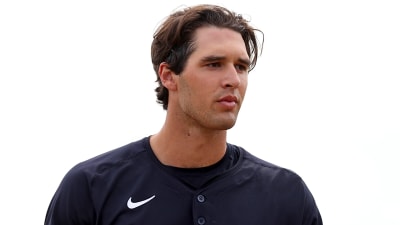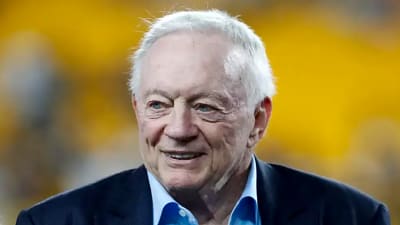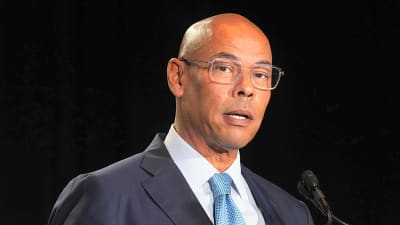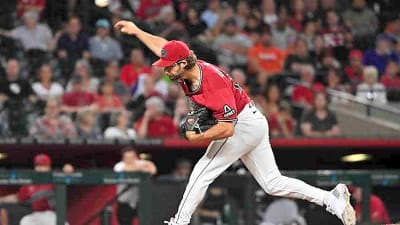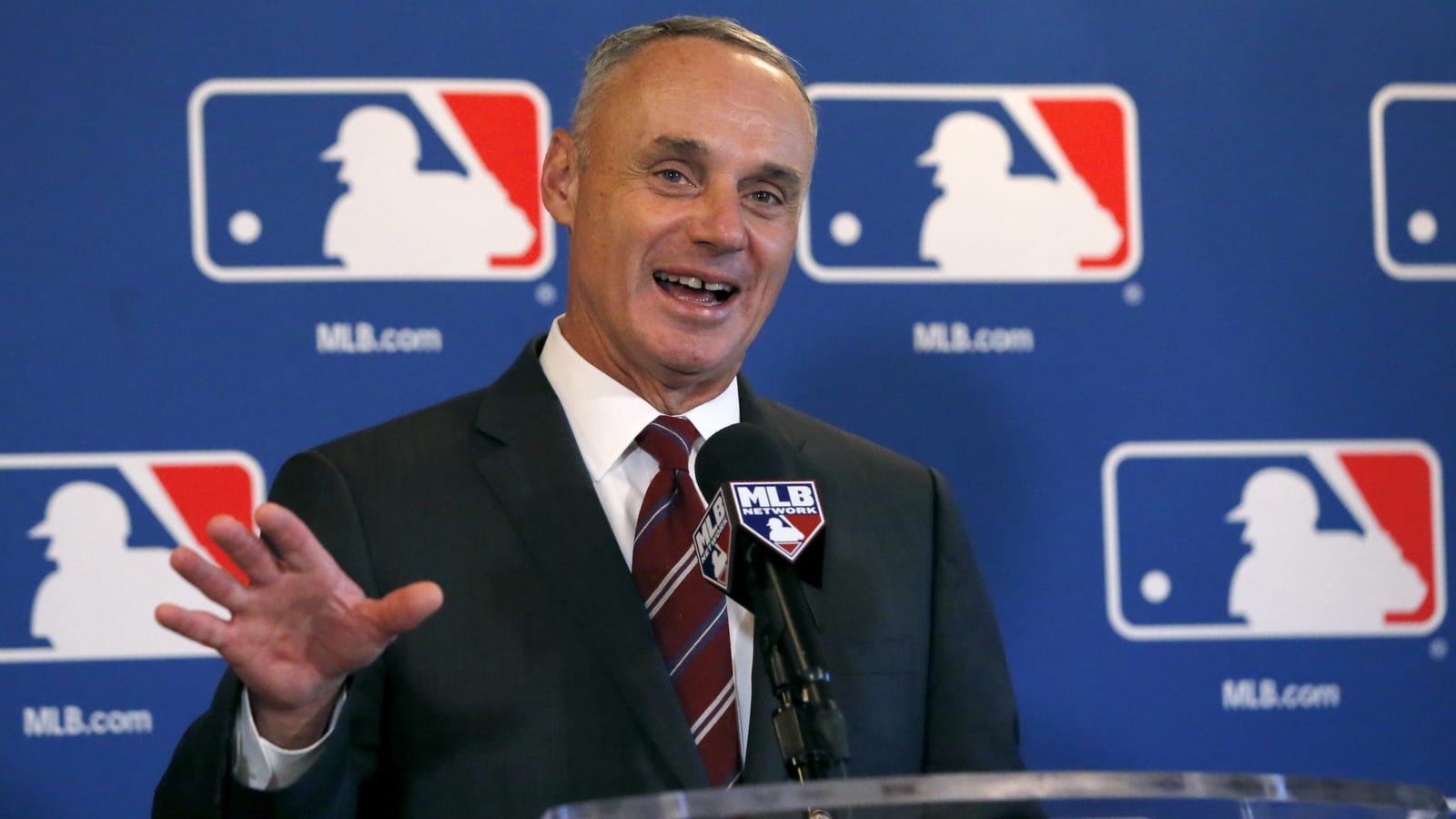
Baseball’s idea of an international draft is a swing and a miss
Major League Baseball’s growing contention of its terms of engagement between owners and its Player’s Association are hitting a surprisingly contentious level, and one that could be meeting a boiling point soon. With neither side able to settle on the major points that will be made
But what is the difference between the contemporary issues threatening the game’s continuation and what led to baseball’s last labor interruption 22 years ago, one that lasted 232 days and caused for the cancellation of entire 1994 postseason?
Well for one, before addressing the issues at hand right now, it is important to not draw a straight line between the last work stoppage without stopping the times where the collective bargaining agreement has been updated since.
It is rare that such an important compromise is made without there being some scares, bumps and bruises along the way that could near seeming armageddon. Look no further than in 2002, the first time that that collective bargaining agreement was revisited since those disastrous negotiations of 1994-1995. Negotiations between the two sides went down into the final hours before the players were set to walk out on strike, as a majority agreement between the owners of 29-1 (with the New York Yankees being the lone exception) to ratify the new collective bargaining agreement on the table.
Baseball is no stranger to strikes not only being threatened, but actually being executed. Since 1972, the players have gone on strike four times. In 1972, it barely lasted two weeks before being resolved in early April. 1981’s issues were more severe, running from June 12 through July 31. There was a brief two day holdout executed in 1985 as well, but amounted to nothing less than essentially rainout makeup games later in the year.
There was a lockout conducted by ownership in 1990 as well, that essentially wiped out most of spring training. But none of these issues amounted to the devastation that was the 1994-95 stoppage, which created wounds that still scar to this day. The combination of a lost season that stopped a historically interesting pennant chase, as well as various assaults on baseball’s record book by various players angered fans at the time and still creates a plethora of ‘what if’ scenarios to this day.
It also devastated baseball from a popularity and financial standpoint for years, and signaled turns in favor of the game that took nearly two decades to remedy. Yet, if there has been one redeeming outcome of the fallout of the issues from 22 years ago, it has been that baseball has operated under the auspice of avoiding interruptions in business no matter what. Many of the issues at hand in the 2002 negotiations were caused due to the lost revenue from declined interest in the game in subsequent years after the strike of ‘94. As a result of this, the temperature of the game has directly guided the outcome of baseball’s CBA, which was completed in the most peaceful terms in the last 30 years in 2011.
Baseball is now operating underneath its most profitable and successful financial position ever. The league reported gross revenues of $500 million from 2015, the 13th straight year that number increased. Many of its teams are signing lucrative local media deals, attendance is up across the board, with a turnout topping 73 million in 2016. MLB Advanced Media is at the forefront of digital sports presentation and many of the black eyes of the steroid era are being healed. Add in the huge increase of attention on the World Series and the victory of the Chicago Cubs, and baseball is arguably in its best place in many generations.
However, that is all suddenly at risk due to a series details that are rapidly becoming undone. With the labor pact of 2011 set to expire in December, a deadline for resolution regarding a new CBA has been set for Thursday. And that long-standing aversion at repeating the sins of the past seems to be dissolving before our eyes.
With the previous issues surrounding tighter rules of PED testing, league contraction and postseason expansion addressed and resolved, many of the issues surrounding the previous two CBAs have been resolved. However, some decisions of the past have lingered and worsened, and are now proving to be major points of contention that have players and owners on the verge of leaving their corners and re-engaging in a fight that could keep the game from, at the very least, having a continuous offseason.
Among the issues that are currently clouding a CBA from being put into action is the issues of free agency eligibility, along with compensation for the previous team from the acquiring team. As well, issues of raising the luxury tax for teams that exceed payroll limits, adjusting roster size, focusing on pace of play, minimum salary, league revenue sharing and formalizing punishments for domestic violence and drug usage are on the table as well.
While all of those issues having varying levels of inconsistency, and therefore likelihood of flexibility in reaching a resolution, the breakout issue of contention has rapidly become instituting an international draft and how such a measure could be fairly executed. And it is an issue that has become a central part of disagreement on both sides.
There has long been a desire to level the playing field for acquiring top young international talent, especially teenagers hailing from various Latin American countries. As the current system lends itself towards open market bidding for these players that favors the financial flexibility of larger market teams, who can offer sizable deals to these potential stars, while still being able to harvest them in their minor league systems, sometimes at ages younger than the standard North American teenager is able to enter an MLB-system.
This is due in large part to the fact that they are able to bypass the MLB amateur draft, which also does not give each team a fair chance at claiming (also known as drafting) said players. Beyond that point, the protection of slot bonus and contract pools has been designed to help balance the amateur draft and teams overpaying to lure later round picks into signing with Major League teams, when other teams have passed on them due to concerns about not being able to agree to terms with a player they have drafted. The inequity of process of players entering the game is an issue of both competitive and financial equity, but also one of fairness to opportunity for international amateurs as well.
However, while an international draft does create a utopian perfect circle of access to international talent for all, it also is a system that would heavily favor owners limiting compensation levels as well. Teams still compete for international players as they do for any other free agent, and restrictions on this would hurt negotiation leverage for free agency as a whole. Many of the smallest market teams in baseball lead the pack in regards to international free agent spending, although in many cases larger market clubs will jump them in line due to loose regulations on penalties for exceeding the cap. A regulation to salary cap limits, which could include a tightening of the belt on international spending caps, is much more likely of an outcome than the institution of a complete and absolute international draft.
And in the end, while ownership has been predictably interested in maximizing their profitability and limiting the costs for them to do business, they have not been dense to understanding the damage that would come from a labor stoppage. They have already stood down from absolutely insisting on the imbalances that qualifying offers and first round draft pick compensation brings to player negotiation ability, and they have begun the process of relenting on the international draft as well.
On Monday evening, the owners softened their stance on being absolutely for an international draft, a move that is seen as being largely in the interest of resolving the issue of a CBA stoppage. This is especially important with baseball’s Winter Meetings set to take place next week. The Winter Meetings are essential the unofficial start of major free agency moves, and any stoppage in agreements would halt free agency as a whole, something that would be the second worst outcome in baseball next to actual games being stalled. It would send a terrible message publicly, but could also open up a brand new can of worms in regards to players pushing their compensation interests even harder.
The MLB is in the position of having terrible timing to call off business. And while there will inevitably be tweaks, insisting on a series of wholesale changes would not be in the interest of what’s best for business as a whole. Expect for purse strings to be loosened some, rosters to be expanded and even for free agency to live up to it’s name in a more true to form fashion.
Whether or not these terms can all be met in the next 48 hours remains to be seen. But a return to medium on the idea of an international draft is a sign of positive progress that should not be ignored.
The pipe dream of a totally uniform entry to the Major Leagues to remain something off in the distance, and for good reason.
These baseball teams included at least four Hall of Famers on their roster during the given season(s).
0/108
20:00
More must-reads:
- Teams May Skip Winter Meetings If CBA Talks Don’t Progress
- Yankees’ Cashman On CBA, Gleyber Torres
- The 'MLB Hall of Fame teammates' quiz
Breaking News
Trending News
Customize Your Newsletter
 +
+
Get the latest news and rumors, customized to your favorite sports and teams. Emailed daily. Always free!


